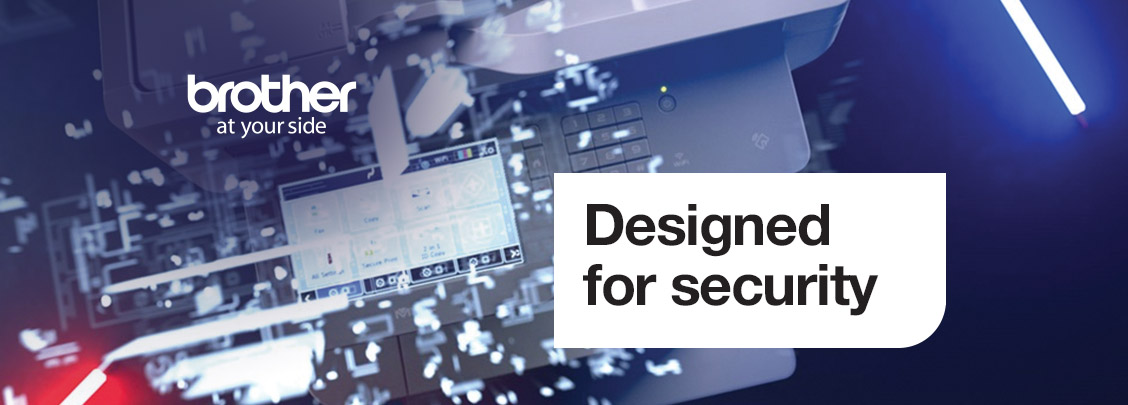Print security for the healthcare sector
Given the sensitive nature of the information handled by the healthcare sector, security and data protection are a priority.
The NHS data breach in 2017 and implementation of GDPR in 2018, only serve to reinforce the need for high quality encryption and security when handling confidential data on any device. Print is no exception.
The potential for a breach – accidental or deliberate – means that now, more than ever, staff and patients need to be able to trust the technology and systems that are in place. This is where Brother’s award-winning printers come in.
With particular experience providing print solutions to the health sector, they are experts in providing secure, cost-effective and reliable printers to the market.
Offering end-to-end encryption, port-based access control, automatic intrusion detection and robust user authentication functionalities, users are assured in knowing that their printer is equipped to protect their data.
In particular, Brother’s L5000 range is enabled with secure function lock 3.0, 802.1x network security and Internet Protocol Security (IPsec). The range also boasts Print Archive, Secure Reset and Certificate Management functionalities.
The mono laser HL-L5100DN and HL-L5100DNT are great examples. Reliable and cost-effective, they can reduce print spend with optional high-yield toner cartridges. Both offer high volume, fast speed laser printing and professional security settings to ensure documents are protected and not tampered with.
To further safeguard print solutions, here are some key tips on how to ensure its security:
- Treat it like a PC
- Lockdown the access to printer settings
- Ensure printed documents do not end up in the wrong hands
- ‘Hardware-ing’ protection
1. Treat it like a PC
Much like a computer, a printer is connected to a network, web-enabled and has its own memory storage. This means it is as vulnerable as a PC and should receive the same care and attention with regards to security. However, it’s often neglected.
A first port of call should be to change the default settings and any pre-set passwords to secure it. Also think about using a private IP address rather than the external IP that’s generally set by default.
Use encryption systems when transferring data over a network to restrict what a hacker sees if a breach occurs.
2. Lock down the access to printer settings
Printer settings are often open to all on the network. This allows for settings to be modified by anyone with access. To ensure security, settings should be restricted to key people or the IT department.
3. Ensure printed documents do not end up in the wrong hands
Organisations like the NHS print a huge amount of sensitive information. If documents are left unattended, they could be intercepted leading to a data breach. Tactics like pull printing ensures the correct person picks up the printed documents by only releasing it once a user verifies their identity with a unique PIN or swipe card.
4. ‘Hardware-ing’ protection
Don’t forget about the printer hardware. Make sure that the printer is included in internal security settings and policies and is behind a firewall.
Also, what is the policy regarding disposal of the printer? Ensure that hard drives are wiped to protect confidential information. Hackers often visit recycling centres to pick up old, unsecure printers so some may have to be physically destroyed.
For more information on the HL-L5100DN and HL-L5100DNT or to discuss your printer needs, please speak to our Brother brand manager, Heidi Lucas. Heidi.Lucas@midwich.com | 01379 649296.
